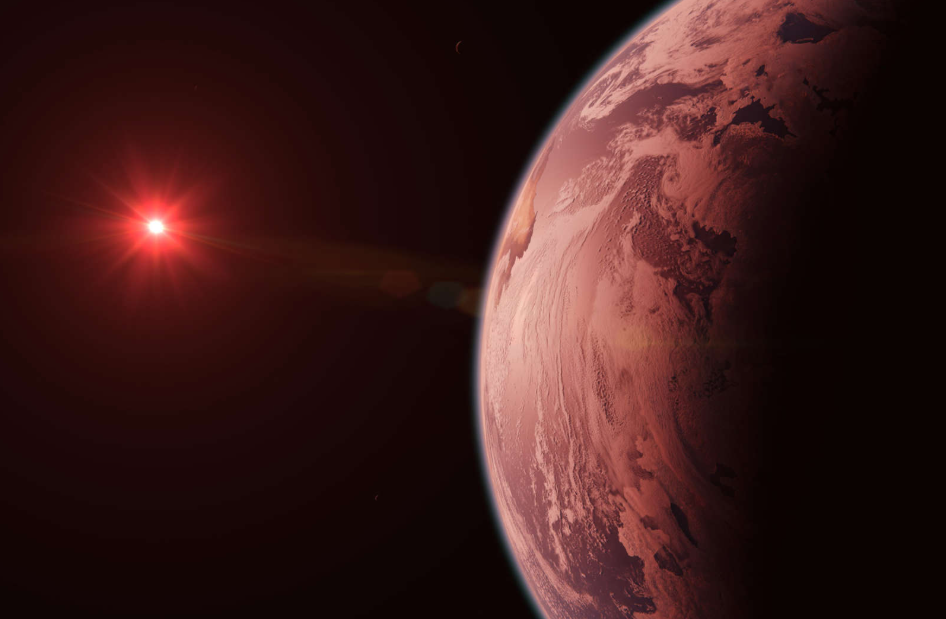Dwarf planets are celestial bodies that orbit the sun, similar to regular planets, but with key differences that set them apart. The term dwarf planet was officially introduced by the International Astronomical Union IAU in 2006 during a major redefinition of what qualifies as a planet.
How Pluto’s Reclassification Sparked Interest in Dwarf Planets
For decades, Pluto was regarded as the ninth planet in our solar system. However, as astronomers discovered more Pluto-like bodies in the outer regions of the solar system, it became clear that Pluto was just one of many similar objects.

In 2006, the IAU reclassified Pluto as a dwarf planet, a decision that sparked controversy but also increased public interest in learning more about these distant worlds. Pluto’s reclassification helped introduce people to the broader category of dwarf planets and encouraged further exploration into the far reaches of the solar system.
How Many Dwarf Planets Are There in the Solar System?
International Astronomical Union has officially designated five dwarf planets: Pluto, Eris, Haumea and Ceres. Although the IAU has formally recognized only a few, astronomers suspect that hundreds or even thousands of additional dwarf planets exist and are simply awaiting confirmation.
Most of these potential dwarf planets lie in the Kuiper Belt, a vast region beyond Neptune filled with icy bodies and leftover debris from the formation of the solar system. Advancing telescope technology allows astronomers to discover more candidates, but they must invest careful observation and time to confirm them as dwarf planets.
Physical Characteristics of Dwarf Planets Compared to Regular Planets
Dwarf planets are smaller in size and mass compared to regular planets. Pluto, the largest known dwarf planet, is only about 1,400 miles in diameter roughly two-thirds the width of Earth’s moon. Eris, the second-largest, is slightly smaller than Pluto but more massive.

These objects often have highly elliptical and tilted orbits, unlike the near-circular orbits of the eight major planets. Despite their size, some dwarf planets have moons and complex geological features. For example, Pluto has five known moons and mountain ranges made of ice, while Haumea spins so quickly that it has taken on an oval shape.
Future Missions and Discoveries Related to Dwarf Planets
Space agencies around the world are developing advanced telescopes and spacecraft, and they expect to discover and study more dwarf planet candidates as their technology progresses. NASA’s Dawn mission, which visited Ceres, provided detailed images and data about its surface and composition.
Similarly, future missions could target Eris, Haumea offering even more information about these icy worlds. With the growing interest in exploring the outer solar system, dwarf planets will remain important targets for both robotic exploration and scientific research.

